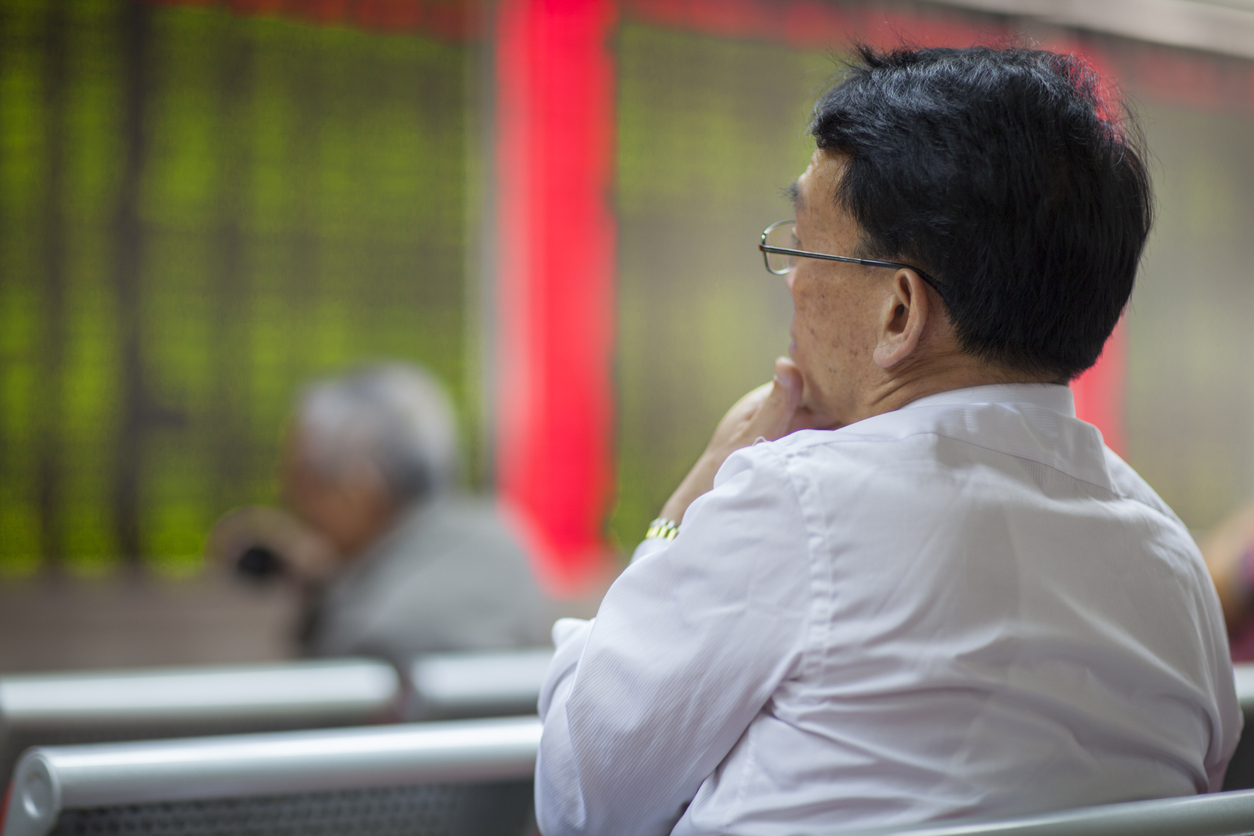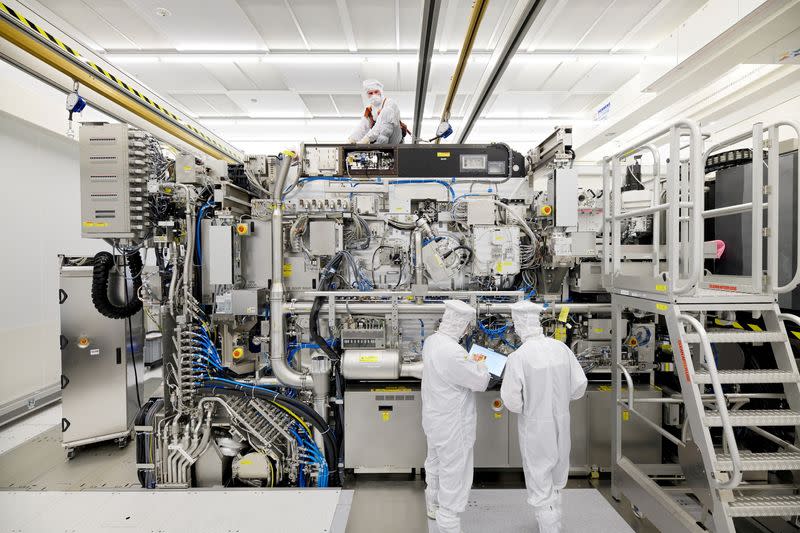(ATF) Investor sentiment was edgy on Wednesday as Asia’s two biggest economies showed deflationary pressures had intensified, an indication of the challenges that regional economies face as they reopen.
China’s producer price index (PPI) in May fell 3.7% from a year earlier, according to the National Bureau of Statistics (NBS) and Japan’s wholesale prices plunged 2.7% from a year ago. Both contractions were deeper than 3.1% and 2.4% recorded by the two countries respectively in April.
China’s headline CPI inflation fell to a weaker-than-expected 2.4% from a year ago in May from 3.3% in April and lower than the consensus of 2.7%.
But there is hope for more monetary support following the easing price pressures triggering tentative gains.
Australia’s S&P/ASX is up 0.3%, the Nikkei 225 is 0.1% higher and Hong Kong’s Hang Seng benchmark has advanced 0.2%.
Falling inflation
“We believe falling CPI inflation and continued PPI deflation will provide Beijing with more space to implement policy stimulus to offset the impact of Covid-19 on the economy. The larger-than-expected drop in inflation could also alleviate some recent fears in the bond markets,” Ting Lu, Nomura’s chief China economist, said.
“We maintain our view that the PBoC will have to add liquidity via reserve requirement ratio (RRR) cuts, various lending facilities (eg, medium-term lending facility, re-lending and re-discounting) and even the purchase of central government special bonds.”
This would also help fund China’s colossal stimulus plan unveiled at its annual gathering of parliament.
The Bank of Japan is due to meet next Monday and Tuesday for a two-day session and there is the expectation the central bank will expand its lending programme further.
South Korea’s Kospi index advanced 0.2% even after South Korea’s unemployment rate rose from 3.8% to 4.5% in May.
“There’s nothing here for the Bank of Korea or the Korean government to get worked up about and respond with policy changes. The recovery is underway – it may not be fast, but the direction is acceptable,” ING Bank’s Robert Carnell, regional head of research in the Asia-Pacific, said.
Asian credit markets remained steady to slightly wider but the primary issuance pipeline is flowing with Radiance Capital, and Zhengzhou Airport in the market with dollar bond offerings. The Asia IG index was 2 basis points wider at 84/85 and sovereign CDS have also moved out by 1-2 bps.
























